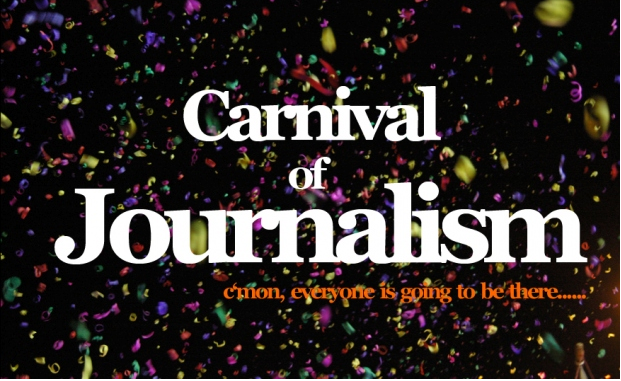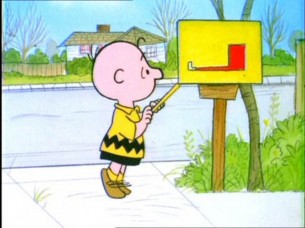Yup, once again, welcome to my latest post for #JCarn.
The Carnival of Journalism is a loose collection of journalism thinkers (and people like me) who get together to post on their blogs with their reflections on a given prompt.
This month I’m going for a two-fer as the prompt was a two parter. Yesterday I addressed the age old question of what we should teach in J-School; the second part of the prompt was a question about aggregation– namely, should we teach our students how to aggregate?
I couldn’t close out this chapter of #JCarn without at least touching on aggregation. I suggested it as a prompt so naturally I have a couple of thoughts on the matter.
I suggested it because a part of me is concerned that all too often I see young journalist go into newsrooms where they rarely leave their desk or pitch a story but instead consume their day with cruising the web, linking to stories or quickly rewriting other website’s story to post with a link. Even more depressing, many of these stories are badly written and add nothing to the original story but snarky commentary and half-truth speculation.
It’s very disheartening.
I can understand how it happens, it’s easy and cheap and makes your boss’ boss happy; but it’s not journalism. There was a time when folks looked at USA Today and called it McNews with a chuckle.
Nothing against USA Today (I have lots of brilliant friend there and besides they may have the last laugh after all) but the notion was that readers wanted more than color graphics, quick short articles, pop culture, listicles and flashy design. Well if sites like Buzzfeed have proven anything, it’s that consumers want this bubblegum version of journalism just as much as the in depth reporting.
So yes, there’s a place for this form of aggregation, sure. I mean if you’re happy with lining the pockets of someone else with forgettable snippets of borrowed journalism garnished with your own snark and bias; sure then, there’s a place for this type of “journalism.”
I mean your mom will love seeing your name in print right? Surely things are going to start happening to you now.
So there’s that brand of aggregation; or you can strip away the buzzword and use it as a vital tool in your own original reporting.
Aggregation is just information gathering under a new name. Sure it’s not at the same level as hitting the streets and developing a network of local sources, but it’s another form of news gathering.
The problem is, and I’m going to speak frankly now, the problem is that the bean counters have taken over journalism and warped this aspect of news gathering to be cost effective by removing the second part of the equation: news reporting and ethics.
But there’s a better way, if we’re willing to work for it.
Sure many of us now sit in a chair most of our day looking at other people’s reporting, but it’s not that far removed from the way it used to be done. In the old days you read the national story (news gathering) and then localized it by finding a fresh story in your community.
The New York Times wrote about the government shutdown, we went out and found an original tourism story at our local state park.
Or, and no one will ever admit to this, you read the AP story and rewrite it by calling their sources and doing a little leg work of your own. At least it’s original vetted reporting.
The question isn’t should we teach students to aggregate, the question is how can we teach students to use this new tool and still be ethical news reporters and not just gathers?

Aggregation is a great research tool and a way to find stories, sources and spark ideas for new angels. It’s a good news gathering tool if you use it as the beginning of a story and not the whole story.
So teach it as you teach student’s about sunshine laws, how to protect sources and how to organize research for a project. It’s a great tool.



